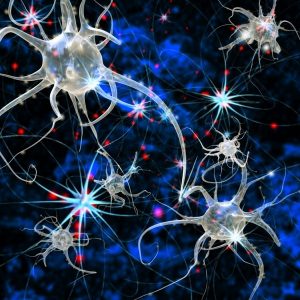Treating Anxiety in
Pre- and Post-Surgery Patients
Multiple research
studies have indicated that many adult patients who are undergoing anesthesia
and surgery experience untreated anxiety and distress on the morning of surgery
(
millions of Americans regularly use complementary and alternative therapies
such as acupuncture, herbs, light and sound, and hypnosis.
Hypnosis is defined
as a state of focused attention with heightened receptivity for acceptable
suggestions. In this state, a person’s critical or skeptical nature is
bypassed, allowing them to accept suggestions. A hypnosis procedure consists of
an induction, which gets the patient into the trance state, and then the
delivery of acceptable suggestions, which are delivered to the patient to help
achieve the goals of the session. Given the increasing popularity of
complementary and alternative medicine and the need for the development of new
non-pharmaceutical preoperative interventions, a randomized attention-
controlled trial to evaluate the efficacy of hypnosis as a treatment modality
for management of preoperative anxiety was performed. The reader should note
that the study was aimed only at measuring the impact of hypnosis on anxiety
before surgery. Under the conditions of the study, hypnosis was found
to dramatically reduce the anxiety of patients undergoing ambulatory surgery, indicating
that one preoperative hypnosis
session is very efficient in reducing the anxiety and fear before surgery.
Enter light and sound. Light and sound can enhance the work of physicians, psychologists, hypnotherapists, anesthesiologists
and everyday people simply trying to cope with their anxiety.
How? With special lightframes over your closed eyes and headphones over your ears, you are immersed in colorful geometric patterns and entrancing sounds. The light and sound pulse rate shifts from your normal waking state of beta to the selected state (alpha,
theta or delta) as the session progresses while brainwave activity will follow the pulse rate of the light and sound stimulation and fall into
synch, referred to as entrainment.
Begin with (and most often stay with) frequencies around 9Hz (although
sometimes down as low as 4Hz). Some prefer using light and sound stimulation pre- and post-operation exclusively
while others, after using brainwave entrainment for this purpose, continue to
use light and sound stimulation indefinitely. Regardless, it is clear that the
majority of those who used light and sound brainwave entrainment for their pre- and post-operative anxiety found the stimulation
to be quite helpful. Among the most common findings are:
A rapid decrease in both autonomic nervous system hyper-arousal/hyper-reactivity
and muscle tension;
A longer and longer duration of these positive effects the more
frequently they use light and sound stimulation;
A rapid increase in mental calmness and corresponding decrease in
"monkey mind" (thoughts all over the place);
Rapid improvements in sleep (reduced latency to sleep onset, decreased
night waking, and increased sense of restfulness come morning) when they use it
at regular bedtime and again if they wake during the night and are unable to
fall back asleep within 15 minutes;
Self-initiated changes in both behavior and cognitions.
The positive effects noted above are even more remarkable given the anxiety
levels typical of most patients preparing for surgery and the adaptations and
adjustments needed post surgery.




No comments:
Post a Comment